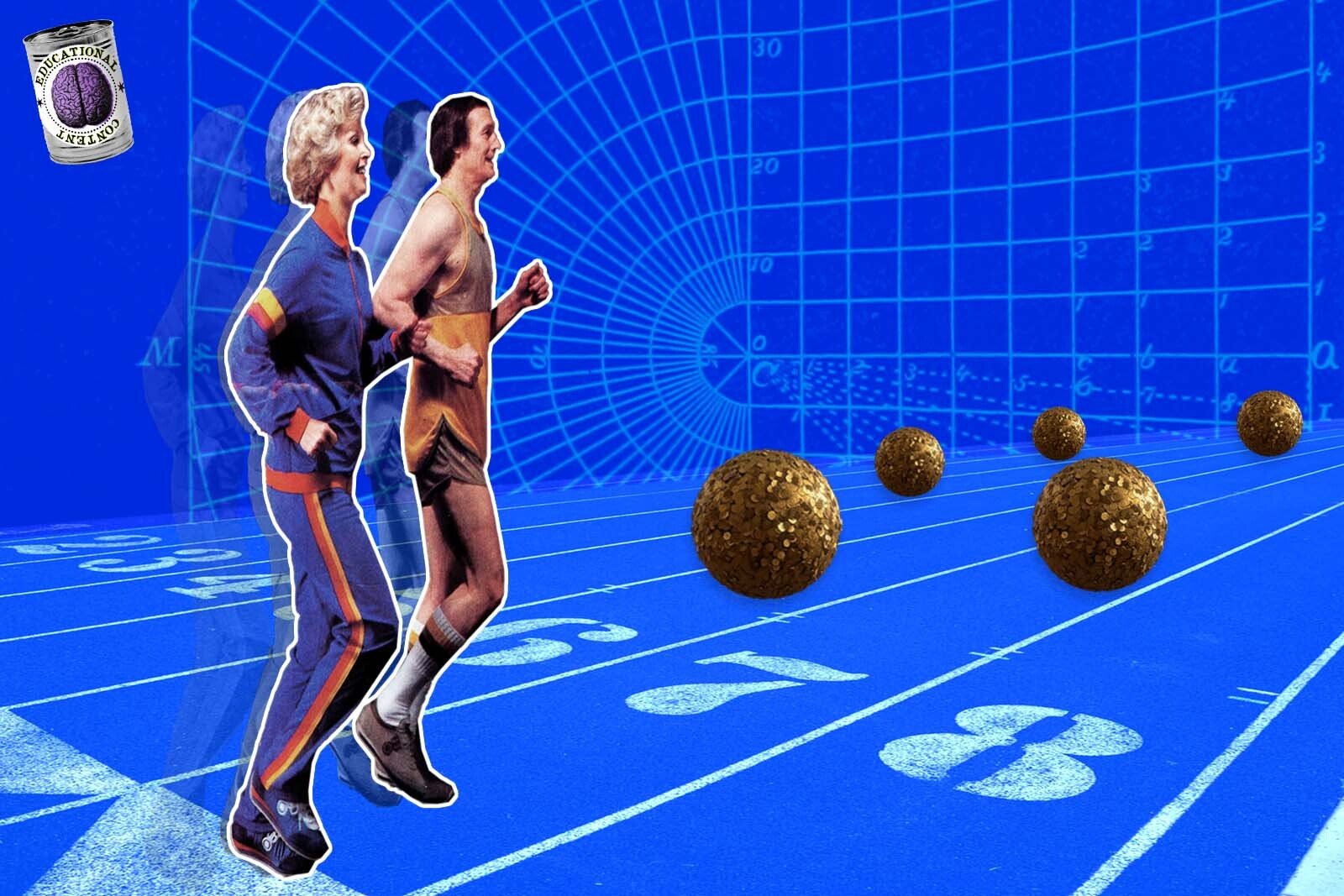
2021 was a spectacular year for play-to-earn NFT games. But 2022 seems to be no less impressive for the new, more active type of tokenized games: move-to-earn.
The new buzzword stormed into the cryptocurrency market just weeks ago, together with the innovative Web3 fitness project called STEPN. The project, which aims to gamify fitness and reward users for training, skyrocketed. Its GMT token soared almost 3600% in a single month.
Sounds too good to be true? Take a look at what this move-to-earn gaming trend is all about and whether it is worth your time and investment.
What Is Move-to-Earn?
First of all, move-to-earn (M2E) is an active way to generate passive income. It’s also the name of the emerging category of non-fungible token games that incentivize and reward users in cryptocurrencies for using their muscles and real-life physical powers.
Sponsored
The activity-focused move-to-earn game type evolved from the revolutionary play-to-earn concept, where players have full ownership of their in-game assets and the right to exchange them for real-life value. In other words, players may trade them for cryptocurrency or traditional money on their own terms.
Although the sector is still very young, there are emerging names that already represent the move-to-earn NFT gaming industry.
Sponsored
Aside from the flagship STEPN (GMT), move-to-earn games like Genopets (GENE) and Dotmoovs (MOOV) are also offering gamified ways to transform physical movements into tokenized earnings. Nevertheless, some of them are still in a beta, or in the final test, version.
How Does Move-to-Earn Work?
The concept is simple. In the case of STEPN, for instance, players buy a pair of virtual collectible assets called NFT sneakers. These come in different quality and rarity levels, and like any other non-fungible token are mintable and can be sold on the NFT open markets.
NFT sneakers are necessary to start earning tokens. This process starts whenever the player actually begins to walk, jog, or run. The GPS-based app tracks their movements and steps and converts them into in-game utility tokens.
This is the main way passive income is generated, while doing real-life fitness. Apart from that, move-to-earn game players may stake or trade their physically earned tokens on a secondary market to further enhance their profits.
Is Move-to-Earn Worth Investing In?
Move-to-earn games stormed into the global spotlight with the new shiny investment concept. Despite all the hype though, the question is if the ratio between effort, investment, and profit are in your favor?
First of all, move-to-earn games have a price to start with. In the case of STEPN, which runs on the highly popular Solana blockchain, players have to buy NFT sneakers in order to start earning tokens. The most basic ones come with a floor price not lower than 10 SOL (or $1,100) as of the time of writing.
However, it’s just a start. Each pair of sneakers has different attributes, that define their quality, stats, and thus the potential profits. The higher quality means higher earnings, but also a higher initial investment.
Each pair of sneakers also has its own limitations, like the time allowed to spend walking or jogging. For instance, the owners of the most basic pair of NFT sneakers may earn tokens for only 10 minutes every 24 hours.
This converts to 8 GST gaming reward tokens, which is a little bit more than $37 each day if we calculate it at the current $4.65 price of the GST.
The following calculation is simple. For the initial investment ($1,100) to break even, players will need to count steps for around 30 days. Or even less if the token price rises.
Unfortunately, like any real-life shoes in daily use, virtual sneakers wear off. Their durability levels go lower, they need to be repaired to keep them in good shape. In move-to-earn terms, this means decreased earning efficiency and lower profits each day.
Not to mention, the game applies its own tax and fee system, which converts to a 6% NFT mining fee, a 2% in-app marketplace trading fee, and a 4% marketplace royalty fee.
Subtracting another 30-40% from the total profit, players with a single common pair of NFT sneakers are left with at least $20 earnings each day for 10 minutes of walking. The profit of course depends on the price of the token, which comes with a 10 million total supply.
Why You Should Care
The ecosystem of NFTs is evolving and bringing more and more new opportunities that instantly turn into new hype and craze. Even though such trends are fast-changing, they do open doors for the following innovations. Not to mention the fact that they create the ability to make a profit in an entertaining or, as in the case with move-to-earn games, a healthy way.
